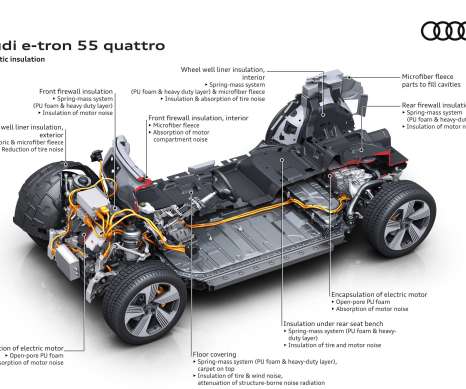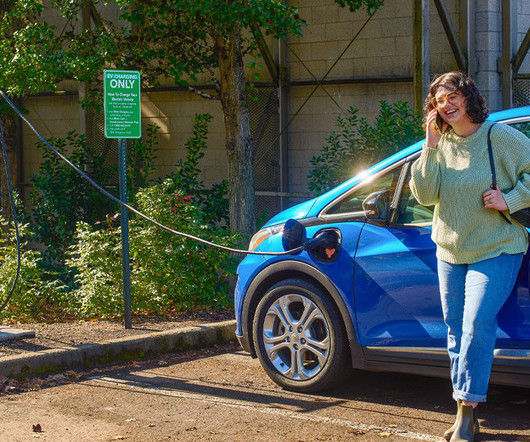Bloomberg New Energy Finance forecasts plug-in electric vehicles could account for up to 9% of US auto sales in 2020 and 22% in 2030
Green Car Congress
NOVEMBER 2, 2010
In the short term, price will be the most significant limitation to the uptake of both plug-in hybrid vehicles like the GM Volt and fully electric vehicles such as the Nissan Leaf, BNEF said. those consumer segments which can afford the vehicle, have suitable range requirements and have access to an appropriate location for charging.












Let's personalize your content